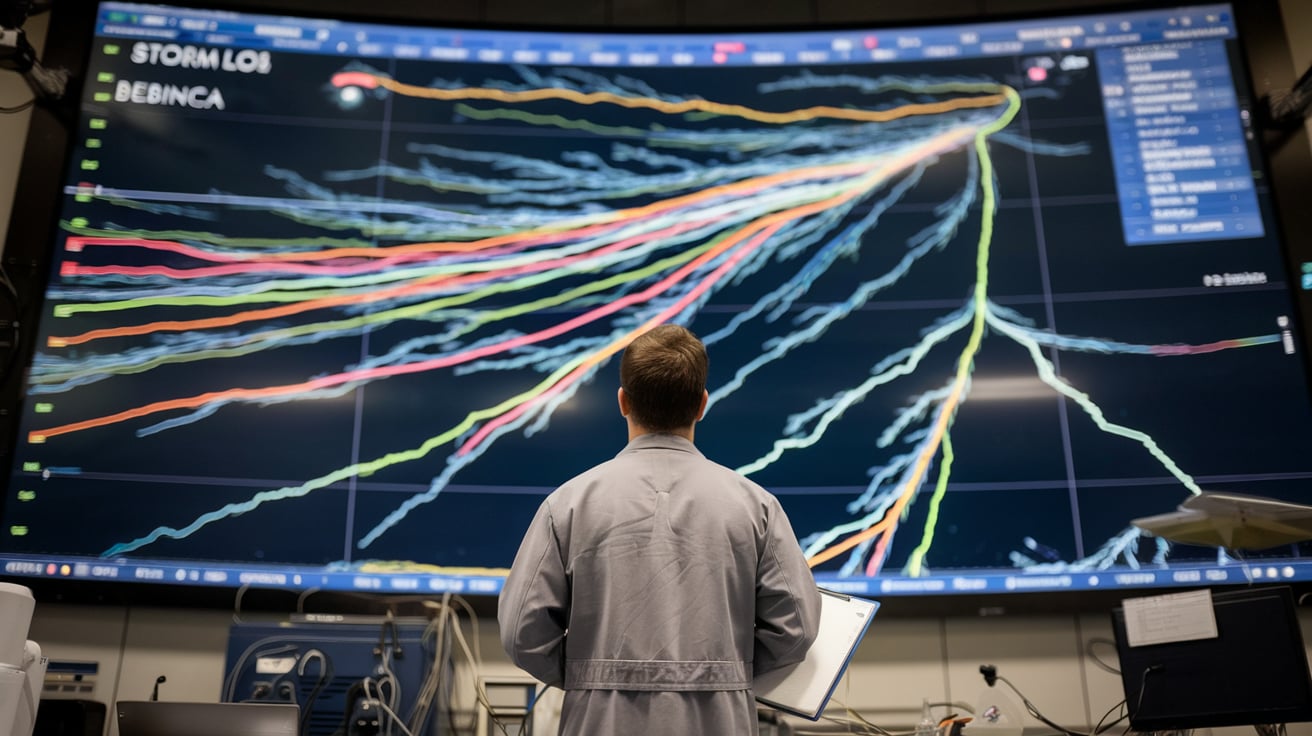
As Tropical Storm Bebinca intensifies and heads towards northern Taiwan, weather forecasters are increasingly relying on artificial intelligence (AI) to track its path with greater precision. The integration of AI, powered by technologies from major tech companies like Nvidia, has notably improved the accuracy of typhoon forecasts.
In July, Taiwan's meteorological experts were able to better predict Typhoon Gaemi's trajectory and impact thanks to AI-based models. Gaemi, the strongest typhoon to hit Taiwan in eight years, was accurately predicted to make landfall eight days in advance, a feat traditional forecasting methods struggled to achieve.
Chia Hsin-sing, director at Taiwan Integrated Disaster Prevention of Technology Engineering Consulting Company Ltd, remarked, "AI has delivered stunning performances compared to conventional models." This shift to AI has provided forecasters with enhanced tools, such as Nvidia's FourCastNet, Google's GraphCast, and Huawei's Pangu-Weather, which have demonstrated superior forecasting capabilities.
Lin Ping-yu from Taiwan's Central Weather Administration (CWA) noted that AI has given forecasters increased confidence in predicting Bebinca's path. "AI is like having an extra useful tool," said Lin, highlighting its role in refining predictions.
AI models, trained on extensive historical weather data, have shown significant improvements in forecasting accuracy. For instance, AI's ability to predict typhoon tracks within a three-day window was nearly 20% more accurate than traditional models, according to CWA data. AI's performance in predicting Typhoon Gaemi's unusual loop helped issue timely warnings, allowing authorities to prepare for extreme rainfall.
CWA deputy head Lu Kuo-Chen praised AI's contribution to early warnings, stating, "(AI) boosted the confidence for forecasters to make accurate predictions." Looking ahead, Lu expressed optimism about future collaborations with Nvidia, particularly their new generative AI tool CorrDiff, which aims to enhance the precision of landfall forecasts and storm imaging.
Despite these advancements, experts acknowledge that AI still faces challenges in forecasting detailed impacts like storm strength and wind speeds. "We need to give AI more time to solidify its advantages," Chia said, reflecting on AI's promising yet nascent role in meteorology. As AI continues to evolve, its growing influence in weather forecasting promises to offer increasingly accurate and timely predictions.